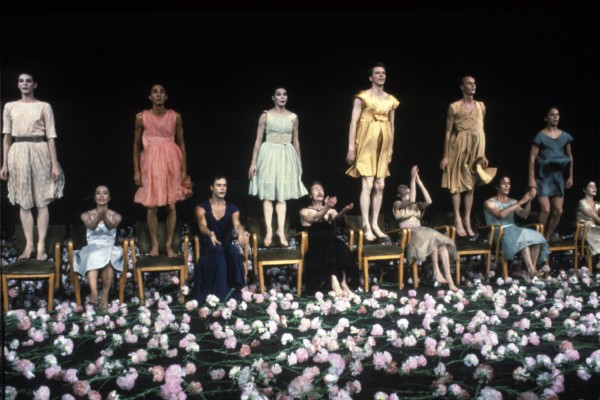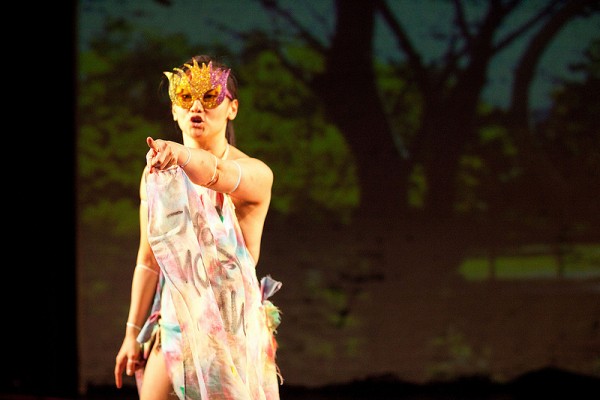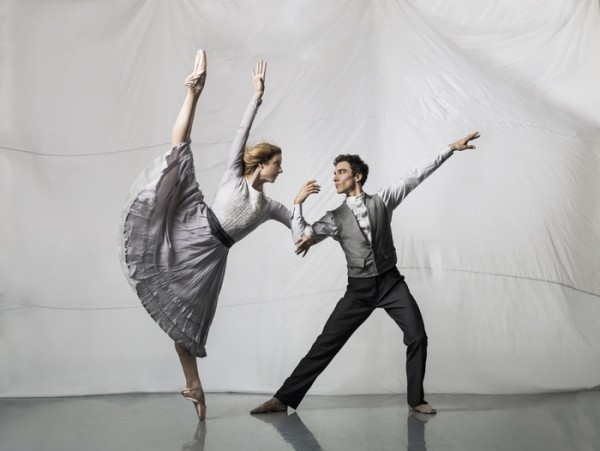JODY OBERFELDER PROJECTS — 4CHAMBERS: A SENSORIAL JOURNEY INTO THE HUMAN HEART
Arts@Renaissance, Garden Level
2 Kingsland Ave. at Maspeth Ave., Greenpoint
January 21 – March 22, $60 before February 1, $75 after, Thursdays at 6:30 & 8:00, Fridays & Saturdays at 7:00 & 8:30
866-811-4111
www.jodyoberfelder.com
www.renaissancenbk.org
Last summer, New York-based choreographer, director, and filmmaker Jody Oberfelder presented 4CHAMBERS on Governors Island, an immersive journey inside the human heart in which six dancers led twelve audience members through an abandoned, specially renovated former officer’s house, each room representing another chamber, incorporating film, interactive video, factual information, and plenty of physical contact. “You will be touched by the performers, both literally and figuratively,” we wrote back in July. Although it was her first site-specific installation piece, 4CHAMBERS is not the first time Oberfelder has delved into the nature of the human heart; she previously examined the blood-pumping, life-giving organ in 2012’s Throb. For more than two decades, Jody Oberfelder Projects has been addressing such emotions as love and the search for social identity in such works as LineAge, The Title Comes Last, Approaching Climax, and Sung Heroes. Oberfelder is now bringing back 4CHAMBERS, restaging the sixty-minute piece at Arts@Renaissance in Greenpoint, in a building that previously was home to, appropriately enough, a hospital. A few days before opening night — the show runs Thursdays, Fridays, and Saturdays from January 23 to March 22, with bonus performances January 21-22 — Oberfelder discussed transformation, collaborating with her husband, people’s hunger for real experience, and more.
twi-ny: 4CHAMBERS was initially performed on a hot and sweaty summer weekend on Governors Island, and now it will be performed in what so far has been a pretty cold winter. Even though the performance takes place inside, do you think the weather will have any impact on the audience and dancers? Cold and heat do have very different effects on the heart.
Jody Oberfelder: On Governors Island, people came in from an outside temperature of about 98.6, matching their actual body temperature. There was something beautiful about this, since our piece has so much to do with getting under the skin, an internal experience. Thankfully, at Arts@Renaissance, we have our thermostat set to a comfy 72 degrees. It’s perfect. This time people will venture out from cold, nasty weather and to an inside space that is warm and breathing and atmospheric.
twi-ny: How did you find this new space in Brooklyn?
Jody Oberfelder: I’d seen Then She Fell at Arts@Renaissance in fall of 2012. The creators, Third Rail, did a tremendous job of transforming the space as a trip down the Alice in Wonderland rabbit hole. A@R has a competitive open call for their three-month residencies. Lo and behold, my project was selected.
It was clearly a raw space with potential. After several site visits with my video collaborator, Jason Bahling, lighting designer, Kryssy Wright, set designer, Juergen Riehm, and a couple of dancers (Mary Madsen and Mercedes Searer), we found where each of our four chambers could live, figured out how to create passageways that would need to be created for arteries and veins, etc., and drew up a plan of how to site this particular work. At the time of our application, we’d not yet been given the Governors Island opportunity. Our first rendering was in an old officer’s house, with built-in metaphors of house as heart — with plumbing, walls, and corridors — whereas A@R is a former hospital.
Sited work is particular. It’s not like transplanting a proscenium work to a stage where you adjust the lights and wings and find out how many steps to the green room. We have transformed the entire floor level to a labyrinthian sensorial journey.
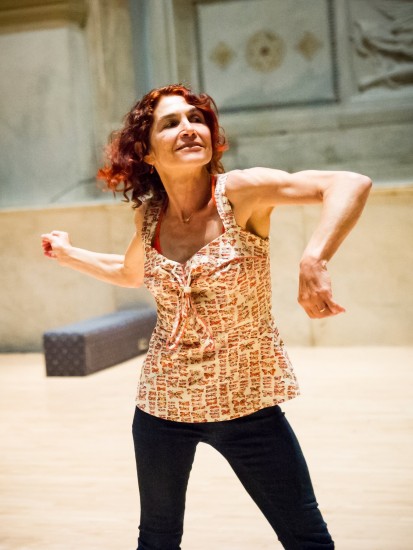
Jody Oberfelder explores the human heart in immersive site-specific dance piece (photo by Ian Douglas)
twi-ny: Did you have to make significant changes to the space to incorporate the main themes of the show, or did you make any changes in the performance to mold it to the space?
Jody Oberfelder: One of the challenges was to carve out the flow of traffic. We conceptualized this piece as a moving in one direction like the flow of blood, through four chambers. And each room has different needs in terms of architecture, lighting, technology, and space. The floor was too hard for the performers to really go for it, so we built a custom sprung floor and created specialized wall space. (I don’t want to give too much away.)
twi-ny: You mentioned your set designer, architect Juergen Riehm, who is also your husband. What is the collaboration process like between the two of you? Is it possible to separate the professional from the personal?
Jody Oberfelder: Fun question. Let’s just say we have a rule. We set up appointments to talk with each other about the piece. Otherwise I’d be bugging him first thing in the morning, at every meal, etc. There is crossover, of course. It’s great to have a production stage manager (Katie Houff) as intermediary. On the upside, Juergen Riehm knows me, and is very sensitive to my needs, won’t let me go the way of kitsch, or schlocky, catches my abundant imagination and helps me hone.
Thankfully, there are other key collaborators. Video artist Jason Bahling has been part of this piece almost from conception. And visual elements figure in prominently. Sound is now a major factor — since Governors Island, Sean Hagerty has come in and worked some magic.
twi-ny: On Governors Island, the performers did multiple shows in one day. Will some of the dancers again be doing back-to-back shows? The performance is extremely physical. Is there any special training involved?
Jody Oberfelder: The dancers do two shows a night. Physically, dancers are athletic and endurance poses no problem. I look for dancers who are unique, not cookie cutter, whose “technique” is present and ever felt. What takes energy in 4CHAMBERS is a discreet attention to audience members. It’s like being in a relationship for a night. The ratio is 1:2. We call the performers “docents” — we guide the audience, as a museum docent might, and encourage audience members to be in their bodies — to connect. That’s an evening of intensity.
twi-ny: There is a lot of interaction between those “docents” and the audience members, whom you refer to as “guests,” including a lot of touching. Were there any surprises for you regarding how that relationship between guest and performer played out on Governors Island?
Jody Oberfelder: We’ve found that people are hungry for real experiences. That putting away multitasking for an hour and slipping into a present dilated moment is something we all are craving. The performers are instructed to try to meet guests where they are and guide. We don’t have a “toolbox” of techniques for this but have practiced and learned each guest is different. It’s individual. The most intellectual people living in their heads also have a body under their necks, and once you crack that code, the rest is porous and smooth sailing. Yes, some guests are self-conscious at first, but that goes away. That’s why we’ve chosen to do it this intimately. There are no outside voyeurs. It’s intimate.
twi-ny: What’s the most significant thing you’ve learned about the human heart during the whole 4CHAMBERS project?
Jody Oberfelder: Everybody has a human heart. The body is a container for this vital organ. We often do a drive-by of living, plow through life, with our heart doing its job of keeping us alive. I’ve learned that the heart and the mind work together. 4CHAMBERS gives people a sense of being alive.
4CHAMBERS runs January 21 – March 22 at Arts@Renaissance and is performed by Megan Bascom, Zachary Denison, Rayvawn Johnson, Joey Kipp, Mary Madsen, Shane Rutkowski, Mercedes Searer, Lonnie Poupard Jr, and Lily Bo Shapiro, with set design by Juergen Riehm, lighting by Kryssy Wright, sound by Sean Hagerty, and music by Matt McBane, Richard Einhorn, and Jonathan Melville Pratt. Film and video feature appearances by Ishmael Houston-Jones, Edward Einhorn, Dr. Wendy A. Suzuki, Dr. André A. Fenton, Sarah Trignano, Lonnie Poupard Jr, Christina Noel Reaves, Jake Szczypek, and Jessica Weiss.
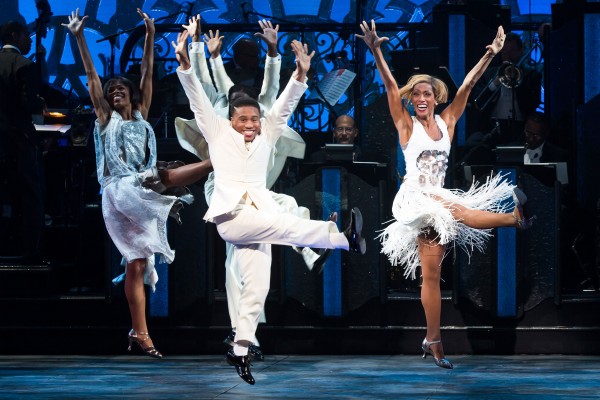
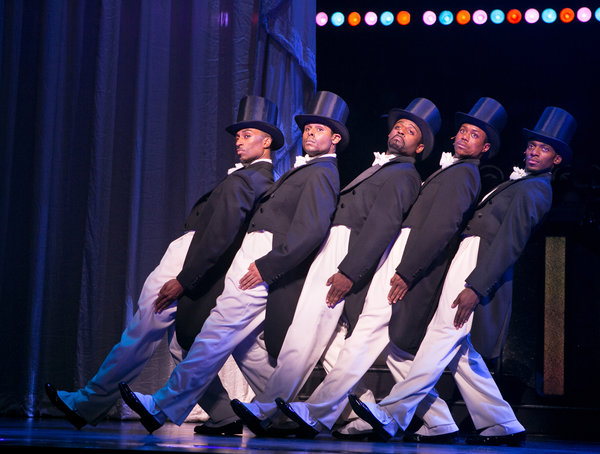
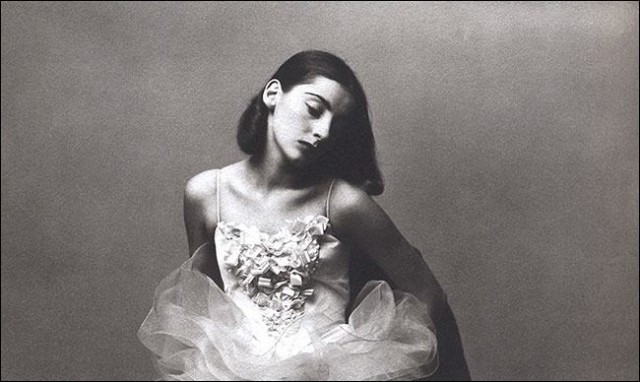
 “Tanny’s body created inspiration for choreographers,” one of the interviewees says in Nancy Buirski’s documentary Afternoon of a Faun: Tanaquil Le Clercq. “They could do things that they hadn’t seen before.” The American Masters presentation examines the life and career of prima ballerina Tanaquil Le Clercq, affectionately known as Tanny, who took the dance world by storm in the 1940s and ’50s before tragically being struck down by polio in 1956 at the age of twenty-seven. Le Clercq served as muse to both Jerome Robbins, who made Afternoon of a Faun for her, and George Balanchine, who created such seminal works as Western Symphony, La Valse, and Symphony in C for Le Clercq — and married Tanny in 1952. In the documentary, Buirski (
“Tanny’s body created inspiration for choreographers,” one of the interviewees says in Nancy Buirski’s documentary Afternoon of a Faun: Tanaquil Le Clercq. “They could do things that they hadn’t seen before.” The American Masters presentation examines the life and career of prima ballerina Tanaquil Le Clercq, affectionately known as Tanny, who took the dance world by storm in the 1940s and ’50s before tragically being struck down by polio in 1956 at the age of twenty-seven. Le Clercq served as muse to both Jerome Robbins, who made Afternoon of a Faun for her, and George Balanchine, who created such seminal works as Western Symphony, La Valse, and Symphony in C for Le Clercq — and married Tanny in 1952. In the documentary, Buirski (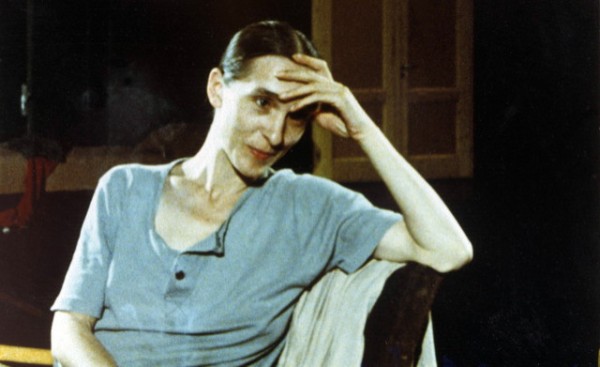
 In 1982, Belgian filmmaker Chantal Akerman followed Pina Bausch’s Tanztheater Wuppertal on a five-week tour of Europe as the cutting-edge troupe traveled to Milan, Venice, and Avignon. “I was deeply touched by her lengthy performances that mingle in your head,” Akerman says at the beginning of the resulting documentary, “One Day Pina Asked…,” continuing, “I have the feeling that the images we brought back do not convey this very much and often betray it.” Akerman (Jeanne Dielman, 23 Quai du Commerce, 1080 Bruxelles; Je tu il elle) needn’t have worried; her fifty-seven-minute film, made for the Repères sur la Modern Dance French television series, is filled with memorable moments that more than do justice to Bausch’s unique form of dance theater. From 1973 up to her death in 2009 at the age of sixty-eight, Bausch created compelling works that examined the male-female dynamic and the concepts of love and connection with revolutionary stagings that included spoken word, unusual costuming, an unpredictable movement vocabulary, and performers of all shapes, sizes, and ages. Akerman captures the troupe, consisting of twenty-six dancers from thirteen countries, in run-throughs, rehearsals, and live presentations of Komm Tanz Mit Mir (Come Dance with Me), Nelken (Carnations), 1980, Kontakthof, and Walzer, often focusing in on individual dancers in extreme close-ups that reveal their relationship with their performance. Although Bausch, forty at the time, is seen only at the beginning and end of the documentary, her creative process is always at center stage. At one point, dancer Lutz Förster tells a story of performing Gershwin’s “The Man I Love” in sign language in response to Bausch’s asking the troupe to name something they’re proud of. Förster, who took over as artistic director in April 2013, first performs the song for Akerman, then later is shown performing it in Nelken. (Bausch fans will also recognize such longtime company members as Héléna Pikon, Nazareth Panadero, and Dominique Mercy.)
In 1982, Belgian filmmaker Chantal Akerman followed Pina Bausch’s Tanztheater Wuppertal on a five-week tour of Europe as the cutting-edge troupe traveled to Milan, Venice, and Avignon. “I was deeply touched by her lengthy performances that mingle in your head,” Akerman says at the beginning of the resulting documentary, “One Day Pina Asked…,” continuing, “I have the feeling that the images we brought back do not convey this very much and often betray it.” Akerman (Jeanne Dielman, 23 Quai du Commerce, 1080 Bruxelles; Je tu il elle) needn’t have worried; her fifty-seven-minute film, made for the Repères sur la Modern Dance French television series, is filled with memorable moments that more than do justice to Bausch’s unique form of dance theater. From 1973 up to her death in 2009 at the age of sixty-eight, Bausch created compelling works that examined the male-female dynamic and the concepts of love and connection with revolutionary stagings that included spoken word, unusual costuming, an unpredictable movement vocabulary, and performers of all shapes, sizes, and ages. Akerman captures the troupe, consisting of twenty-six dancers from thirteen countries, in run-throughs, rehearsals, and live presentations of Komm Tanz Mit Mir (Come Dance with Me), Nelken (Carnations), 1980, Kontakthof, and Walzer, often focusing in on individual dancers in extreme close-ups that reveal their relationship with their performance. Although Bausch, forty at the time, is seen only at the beginning and end of the documentary, her creative process is always at center stage. At one point, dancer Lutz Förster tells a story of performing Gershwin’s “The Man I Love” in sign language in response to Bausch’s asking the troupe to name something they’re proud of. Förster, who took over as artistic director in April 2013, first performs the song for Akerman, then later is shown performing it in Nelken. (Bausch fans will also recognize such longtime company members as Héléna Pikon, Nazareth Panadero, and Dominique Mercy.)